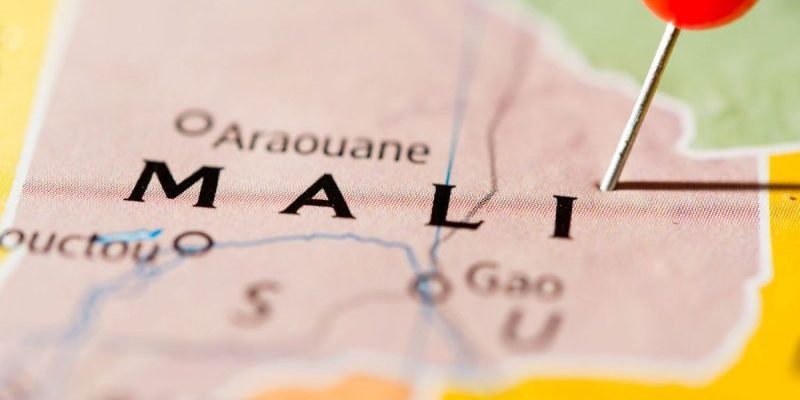
Mali’s military-led government has completed its takeover of the Yatela and Morila gold mines.
Reuters reported on Monday (June 30) that according to the Malian government, control of the Yatela mine in Western Kayes and the Morila mine in Southern Sikasso has officially been transferred to the Society for Research and Exploitation of Mineral Resources of Mali (SEMOS), a newly formed entity in the country.
The Yatela mine was abandoned in 2016 by Sadiola Exploration Company — a joint venture between South Africa’s AngloGold Ashanti (NYSE:AU,JSE:ANG) and Canada’s IAMGOLD (TSX:IMG,NYSE:IAG) — after the operators deemed continued production uneconomic despite leftover reserves.
Morila, once one of Mali’s flagship gold sites, was abandoned in 2022 by Australia’s Firefinch, which had taken over the site from Barrick Mining (TSX:ABX,NYSE:B) and AngloGold. Mali’s government says Morila was left with “significant environmental and financial liabilities,” raising concerns about whether SEMOS can turn operations around profitably.
These moves are part of a broader push by Mali’s military government, which came to power after coups in 2020 and 2021, to restructure the gold sector and capture more revenue from high commodities prices.
Mali produces around 65 metric tons of gold annually, making it Africa’s second largest producer, yet it lacks an internationally certified refinery and is heavily dependent on foreign operators for both technology and market access.
Earlier this year, Business Insider Africa reported that the country had started construction on a Russia-backed gold refinery, another step meant to increase control over its natural resources.
Since taking power, Mali’s authorities have steadily pressured miners via higher taxes, tougher licensing conditions and new contract terms aligned with its 2023 mining code, which grants the state a bigger stake in operations.
Yet critics caution that simply taking over mines without clear management plans or technical expertise risks undercutting investor confidence and missing out on today’s high gold price.
Gold is up 28.5 percent year-to-date, hitting an all-time high of US$3,500 per ounce in April, driven by geopolitical fears and US President Donald Trump’s aggressive tariff policy.
Mali’s ongoing dispute with Barrick Mining
Mali’s relationship with Barrick has soured amid the country’s move to exert resource sector control.
Earlier this month, a commercial court in Bamako ordered the temporary transfer of control of Barrick’s flagship Loulo-Gounkoto gold complex to a state-appointed administrator for six months.
Judge Issa Aguibou Diallo appointed Soumana Makadji, a former health minister and certified accountant, to oversee the complex, participate in negotiations and report to the court quarterly, but not to the government directly.
Barrick called the move “unjustified” and “unprecedented,” maintaining that it remains committed to previous mining conventions and that the Malian government’s push to apply the 2023 mining code retroactively is legally invalid.
Barrick’s Loulo-Gounkoto complex, among the most productive gold mines in Africa, has been inactive since January after Malian authorities seized roughly 3 metric tons of gold over disputed taxes.
Since November 2024, the government has also blocked gold exports from the site, escalating tensions as the gold rally has boosted Mali’s hopes for greater revenue.
The government insists that Barrick must comply with its revised mining framework. Barrick, on the other hand, has started international arbitration to protect its long-term agreements.
Securities Disclosure: I, Giann Liguid, hold no direct investment interest in any company mentioned in this article.











